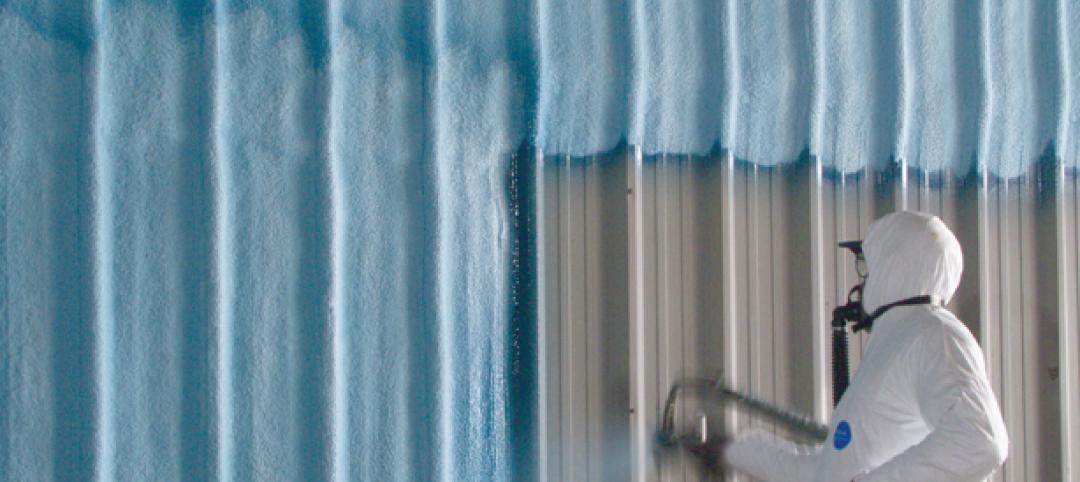The Cradle to Cradle Products Innovation Institute, together with the Healthy Building Network, Health Product Declaration Collaborative, and Clean Production Action, have announced a collaborative effort to further transparency and optimization of building product ingredients.
Supported by the U.S. Green Building Council (USGBC), the Harmonization Task Group will offer marketplace benefits, including consistent messaging, simplification, elimination of redundancies, and creation of more accurate, faster and, less costly assessments.
The cross-program platform will allow for a variety of pathways for improvement depending on a manufacturer’s goals and readiness, while increasing the rigor of product ingredient information, improving the knowledge of product ingredients in support of optimization, accelerating manufacturer participation by simplifying the ability to get started on the material health path, automating health hazard assessments, and providing a clear progressive path toward optimization.
“This is an opportunity to align efforts and share knowledge to accelerate material health and product innovation,” said Scot Horst, Sr. Vice President of LEED. “The Institute is an important part of this ecosystem, bringing the visionary Cradle to Cradle Certified Products Program to scale over the last several years. We are convinced we can get further faster by supporting product innovation and material health with a unified community.”
The Harmonization Task Group builds on the conclusions and recommendations from the Material Health Evaluation Programs Harmonization Opportunities Report published by the USGBC on August 30, 2013. The report found substantial overlap in the methodology and best practices used by leaders in the material health ecosystem. The Task Group plans to coordinate efforts by synchronizing the inventory, screening, and hazard assessment protocols to streamline the process for manufacturers.
“The USGBC is unique in its ability to pull together the leading voices in safer materials and products,” said Bridgett Luther, President of the Cradle to Cradle Products Innovation Institute. “We are very excited to be included in this ‘dream team.’ Working together will make it easier for manufacturers to improve their products, remove chemical hazards, and chart a path towards positive materials.”
The Health Product Declaration (HPD), GreenScreen, and Cradle to Cradle Certified Products Program are currently undergoing multi-stakeholder revisions processes, which provide an opportunity for further alignment. The Harmonization Task Group supports each organization in facilitating its own revision process and enables cross-organizational participation in each other’s revisions processes.
Related Stories
| Sep 27, 2011
Steel Joist Institute announces October webinar on Open Web Steel Joists
Webinar participants can earn 0.15 CEUs or 1.5 PDHs.
| Sep 14, 2011
More than 200 events planned for third annual SteelDay September 23
Special events in major cities including New York City, Chicago, Washington, D.C., and more.
| Sep 12, 2011
Construction waste management
Best practices for an environmentally optimized job site.
| Sep 12, 2011
Morgan Thermal Ceramics’ system for installing grease duct enclosures achieves UL listing
Updated installation results in 33% space savings.
| Apr 12, 2011
Spray Foam Applications on the Rise
New uses for spray polyurethane foam enable Building Teams to achieve greater longevity and sustainability in their projects.
| Feb 15, 2011
New 2030 Challenge to include carbon footprint of building materials and products
Architecture 2030 has just broadened the scope of its 2030 Challenge, issuing an additional challenge regarding the climate impact of building products. The 2030 Challenge for Products aims to reduce the embodied carbon (meaning the carbon emissions equivalent) of building products 50% by 2030.
| Feb 3, 2011
Duro-Last Roofing, Inc. Adds Standing Seam Metal Product Line
Duro-Last Roofing, Inc. is adding a standing seam metal product line to its roofing system offerings. With five profiles and more than thirty colors to choose from, the new line will enable authorized Duro-Last contractors to provide a standing seam roofing installation to meet virtually any aesthetic requirements.
| Jan 19, 2011
Large-Scale Concrete Reconstruction Solid Thinking
Driven by both current economic conditions and sustainable building trends, Building Teams are looking more and more to retrofits and reconstruction as the most viable alternative to new construction. In that context, large-scale concrete restoration projects are playing an important role within this growing specialty.
| Jan 7, 2011
How Building Teams Choose Roofing Systems
A roofing survey emailed to a representative sample of BD+C’s subscriber list revealed such key findings as: Respondents named metal (56%) and EPDM (50%) as the roofing systems they (or their firms) employed most in projects. Also, new construction and retrofits were fairly evenly split among respondents’ roofing-related projects over the last couple of years.














